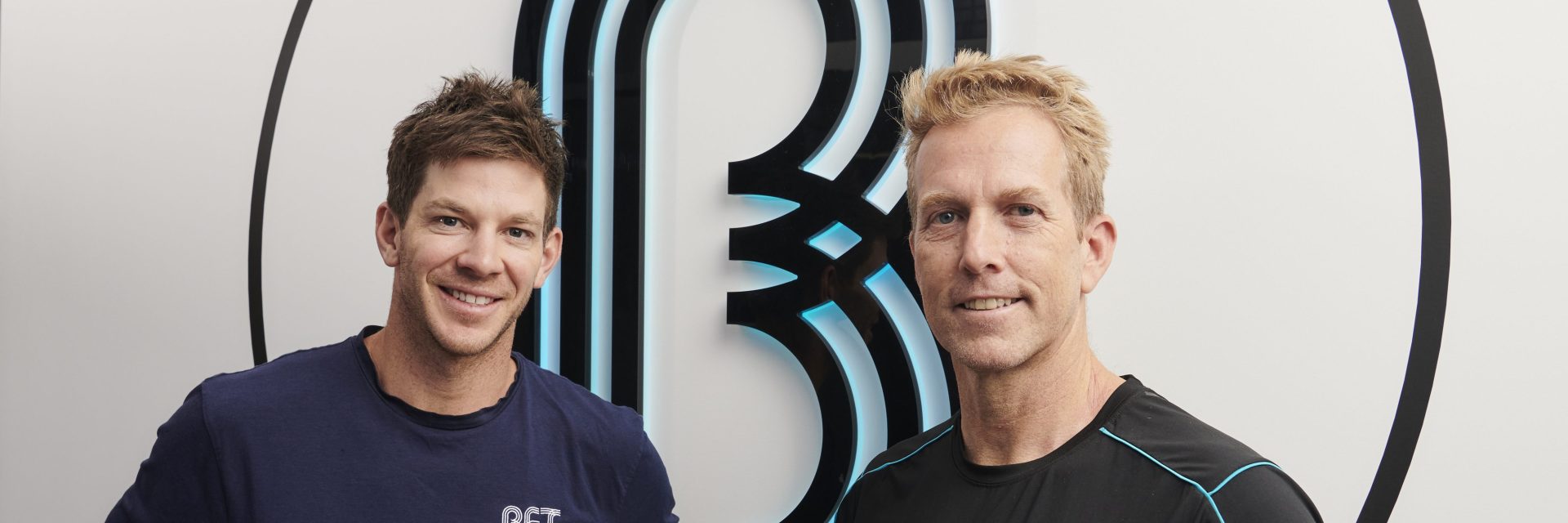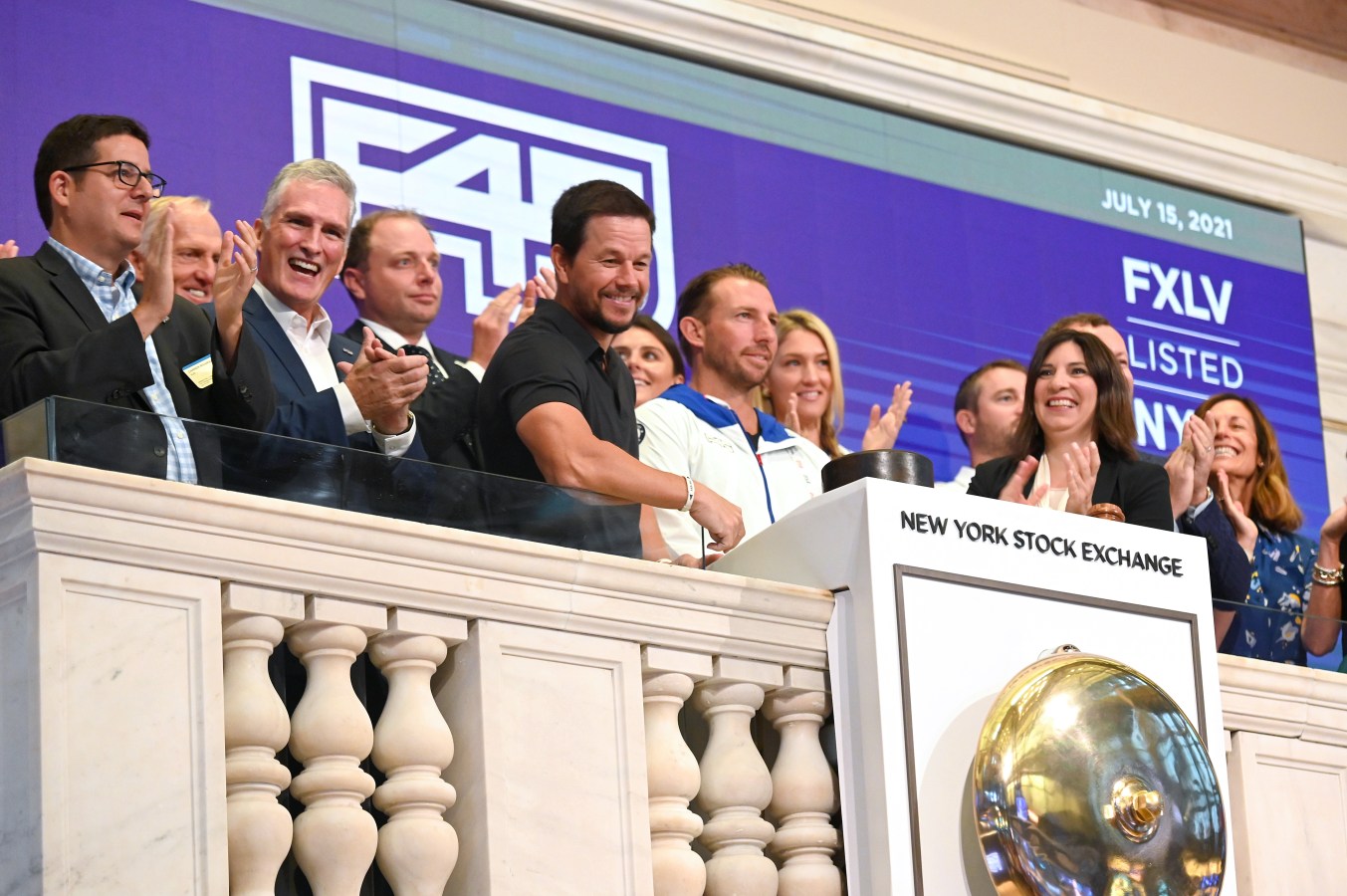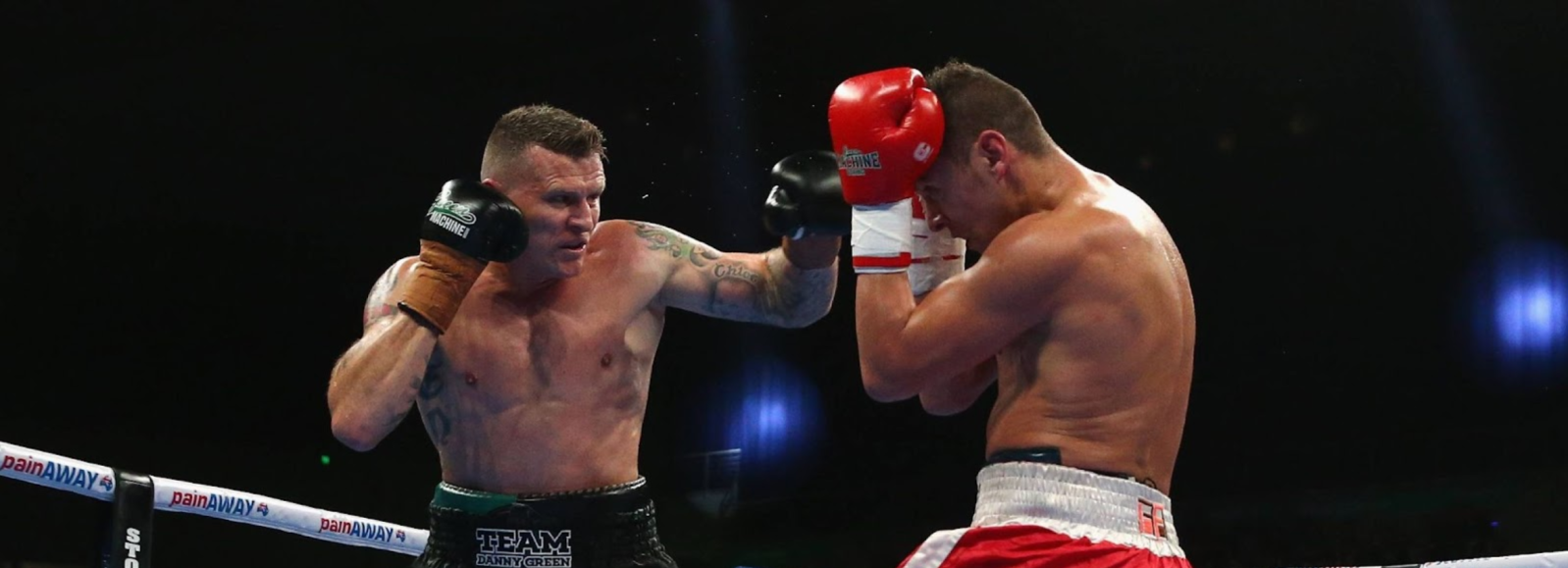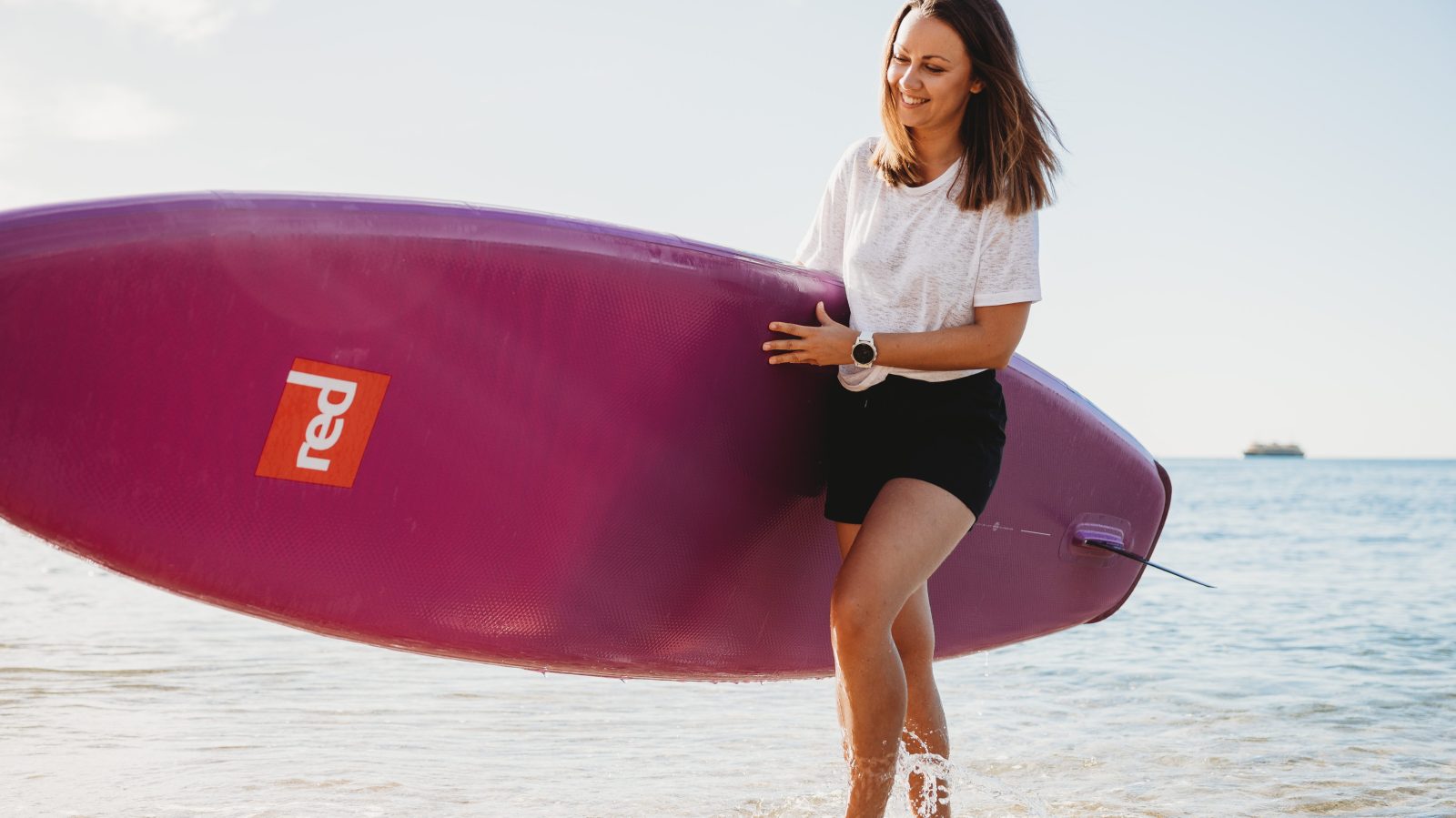Confidante and personal trainer to the late Princess Diana, Cameron Falloon is bringing his own celebrity A-list of gym owners into his fold, including Nick Riewoldt, George Bailey and Tim Paine.
BFT founder Cameron Falloon doesn’t pretend that he snared Princess Diana as a client through his skills as a personal trainer.
“It was more about knowing that I’m a confidante, and I’m not going to go and sell stories to the media,” recalls Falloon, joint CEO of the burgeoning BFT gym chain. “She could tell me anything and I wasn’t going to share that.”
He will, however, now share that she would have preferred to go for a run or do some cardio, instead of the weights that he had her on. “The strength training was really important to her and her posture, and look, and feel. I think it really empowered her. In hindsight, it’s not dissimilar to what we do in BFT now.”
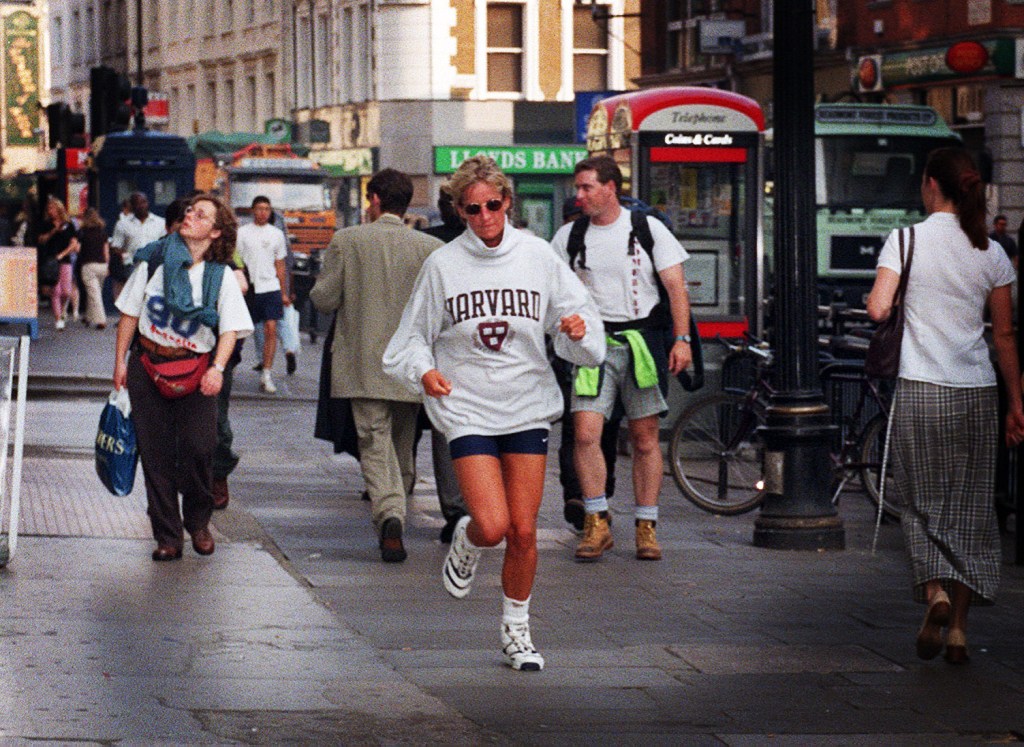
Falloon founded the gym network as Body Fit Training in 2016 with a focus on group strength sessions. It has enjoyed a rapid rise, growing to 230 outlets in Australia, NZ, Singapore, the UK, Canada and the US.
On the way, BFT has had to fight two long legal battles with another Australian-founded gym franchise, the celebrity-strewn F45, which made headlines last year for its stellar launch on the New York Stock Exchange and then again this year for the crash in its share price and for the departure of its Australian CEO, Adam Gilchrist, (not the test cricketer) following a reported US$10 million golden handshake.
In February, an Australian federal court judge ruled that Falloon’s BFT had not breached F45’s patented software used to plan clients’ workouts from a centralised computer. A similar patent claim by F45 against BFT is pending in the US courts.
F45 was founded in a gym in Sydney’s Paddington in 2013. As it grew rapidly to what it now claims to be 1750 gyms on all continents, it accumulated a constellation of star backers, including US actor Mark Wahlberg, golfer Greg Norman, soccer player David Beckham and supermodel Cindy Crawford.
It debuted on Wall Street in July 2021 with a $2 billion valuation.
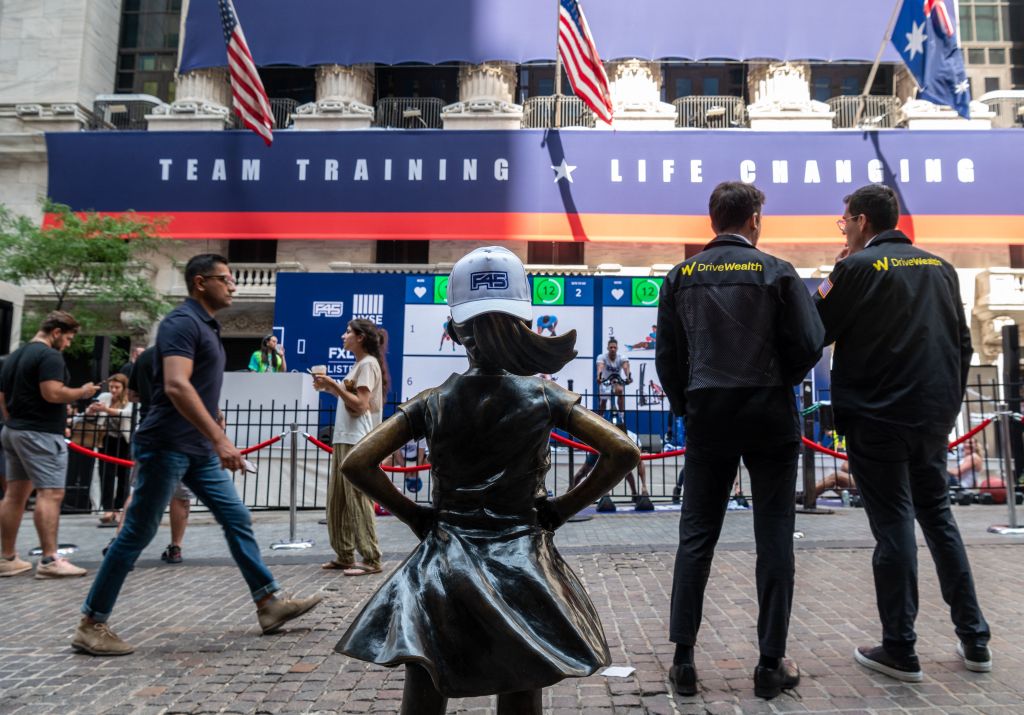
The stock price soared to US$17.28, but amid fears of a cash drain from its multimillion-dollar celebrity endorsements, it plummeted to below US$2 a year later. It has steadied to around US$3 since October 2022.
Norman and Beckham have launched a US$20 million legal action against the gym for non-payment, according to celebrity news website, The Blast.
Meanwhile, back in Australia, Falloon was busy getting BFT ready to go global. But it’s a story that goes back to 1997, soon after the death of Princess Diana, who he had trained up to a few weeks earlier. He returned to Australia with a self-belief founded in the knowledge that if he could achieve what he’d just achieved as a footloose backpacker in a country where he had no networks, what could he do on home soil.
“What I learned in the UK was: never limit yourself by your surroundings. Personal training is trading time for money. You train someone for an hour, you get paid a cheque. It’s really hard to grow that. So, I marketed a 12-week challenge – one of the first weight loss challenges in Australia back in the late 90s. That allowed me to then employ trainers while I went to university.”
It also allowed him to consult with sporting teams, leading to jobs with Soccer Australia and AFL clubs Geelong, Port Adelaide and the Western Bulldogs.
Fifteen years later, he left the AFL hoping to spend more time with his young sons, but couldn’t help himself – researching where the retail fitness industry had gone in the years he’d been out of it. Group training and “experiential” training were hot. He looked at what the major new players in the US – Barry’s Bootcamp, OrangeTheory, Crossfit, and the Australian upstart F45 – were doing.
He noticed that “gamification” of heart-rate monitors was popular, where clients were rewarded for hitting desired pulse rates.
“What I didn’t see was what we do with athletes – a really considered, progressive approach to training. With an athlete, everything is measured. You don’t get them to do anything unless it’s been validated by good research, because they’re not guinea pigs. They’re worth a lot of money and potentially a lot of loss for a sporting organisation.”
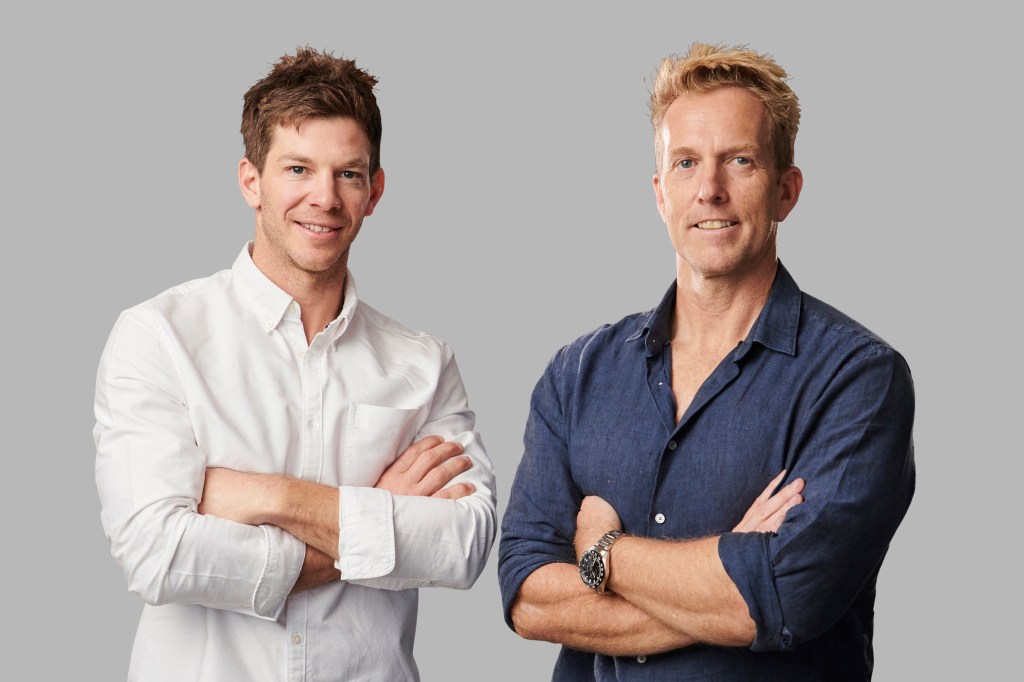
He thought there was a great sameness to the workout offerings he was seeing.
“It was mainly aerobic training and quite harsh on people’s bodies because it was just flat out, really high-intensity workouts all the time. And again, I went back to that training model and philosophy of what you would do with an athlete. You know, they train extremely hard and really push themselves to the nth degree, but they also have recovery days and low-intensity days and they integrate things like yoga and Pilates and so on. So I thought there was a really, really big gap in the market there.”
In a sporting squad, all players would have different needs, with their injury histories, years of training and the specific needs of their position. “Why aren’t we doing that with the weekend warriors who come into the gym?”
He designed a system whereby clients would enter one of 13 eight-week training programs to train different energy systems, or different muscle fibre types, all monitored with their heart rate information going back to a central computer helping to determine their future programs.
Body Fit Training launched four pilot gyms in Melbourne in 2016. Falloon took on founding partners Richard Burnet and Hamish McLachlan, and they began franchising in 2017.
Still reeling from Covid – during which they didn’t lose a franchise – they signed 122 new franchises in 2021.
In October 2021, BFT signed a $60 million deal with US fitness giant Xponential to licence the BFT concept in North America.
Related
Falloon says BFT expects calendar year revenue to be “around $115 million” for 2022. “Coming off the last two years, to be honest we just couldn’t have predicted that or even thought it was possible … Our members are speaking with their feet. We recently did a survey of our 50,000 members and the average weekly attendance was 4.7 times a week.”
“So again, it just speaks to the model. It speaks to that periodised, progressive training model where people can continue to get results and upskill themselves in the health and fitness journey but not break down.”
BFT claims 230 gyms open around the world, but that number is set to double quickly, according to Falloon. They were on target to sell their 500th franchise by Christmas, he said. In the US, 155 franchises have been sold, but so far only two have opened, while the first Canadian franchise opened in Toronto in October.
He is proud of the fact they didn’t lose a single franchise during the pandemic. “You can be a brand and be sexy and have influencers and ambassadors and look great, but we invest our money into our franchisees and making sure they’re equipped to the standard we need them to be.”
BFT is not short of its own celebrity gym owners, including former Australian Rules footballer Nick Riewoldt and cricketers George Bailey and Tim Paine. Falloon maintains they all paid full price for their franchises.
Paine, who has an interest in seven Tasmania BFT gyms and works out daily there at 5.30am, told Forbes Australia he was introduced to the BFT by some mates. “I had been looking for a business opportunity in the fitness sector and was instantly impressed by the whole package offered by BFT … The group training approach really grabbed my attention. I love the community culture of the studios and that forms the base for all the progression-based training.”
Meanwhile, the company still faces its patent infringement case in the US which has been touted as a David and Goliath battle. “I’d be staggered if it wasn’t a strategy to try and slow us down and tie up our money,” says Falloon, for whom the legal bills coincided with Covid 19 gym lockdowns. “When you believe in something you find a way and a means to find the money and defend yourself. It wasn’t easy. There were a lot of sleepless nights.”
Forbes Australia received no response from emails sent to F45.
